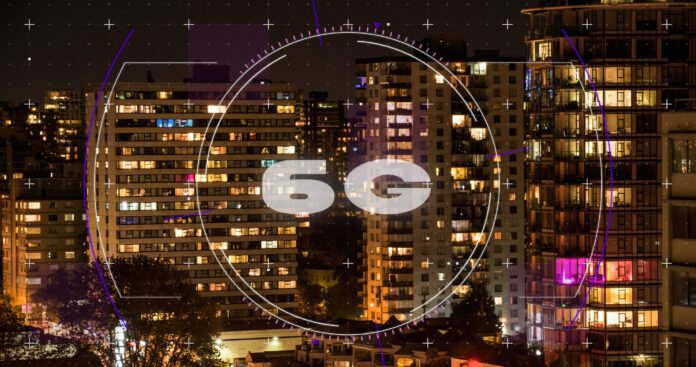Is Integrated Sensing and Communications one of the top 6G use cases or is it an enabler? Does it matter?
At the recent 6G Forum, panelist Anton Monk, the VP of strategy at Cohere Technologies, reiterated a commonly expressed sentiment around the reality of 5G and the use cases it would empower falling short. As a result, he admitted, there may be valid concern around whether we’re jumping the gun with 6G. But he continued: “Regardless, this is the pace that we’re on, so we just need to make sure that we set expectations correctly and pick use cases that are valid, valuable and have paying customers at the end of the day.”
That, though, is easier said than done, especially when many of things initially discussed as “use cases” end up being recategorized as “enablers.” For instance, Integrated Sensing and Communications (ISAC) — the integration of sensing and spatial location of passive objects into the mobile communication network — is a capability often herald as the 6G use case. “This is the sexy new thing about 6G … where we all see potential … Companies … are looking at [it for] scenarios like venues, resource allocations, shopping malls, parking lots, public safety.” However, he said that doesn’t think ISAC should be called a use case. “I would call it an enabler,” he stated.
NTIA Chief Technical Advisor Lauriston Hardin agreed with this label. He added that another critical enabler for new 6G markets and applications is dynamic spectrum sharing or allocation. “Again, it’s just another enabler to an enabler. It’s additional spectrum that we all need … but that’s still not a use case,” he said.
Use case or not, all three panelists felt that spectrum sharing in 6G will surpass what is possible in current systems, thanks again to another enabler — Open RAN. “The key difference is more open architectures,” said Michele Polese, a research assistant professor at the Institute for the Wireless Internet of Things at Boston’s Northeastern University. “You can tune and reconfigure the radio access network in a very granular and specific way. This makes it possible to share in a more dynamic fashion compared to systems that exist and are deployed today, like the CBRS band.”
Monk added that open interfaces will also result in enhanced spatial management and beamforming. “You can start leveraging spatial management to support coexistence, so it’s not just about going below the noise floor or vacating spectrum; it’s about intermittent use of the spectrum… and leveraging those times and then very flexibly modify your scheduling,” he explained.
Further, Polese pointed out that the software-centric nature of open networks will make it easier to deploy private cellular networks.
Ok, so the enablers have been identified, but how can they reliably lead to new revenue for telcos and new applications for users? Well, Hardin offered the following: “We need to go to the operators … and say ‘what it is that you want?’ … It’s not just this device you hold in your hand, there are other markets … I would argue that 6G right now is whatever you want it to be; it’s not defined yet, so let’s define it along the path that is useful for the user as well as the operator.”

